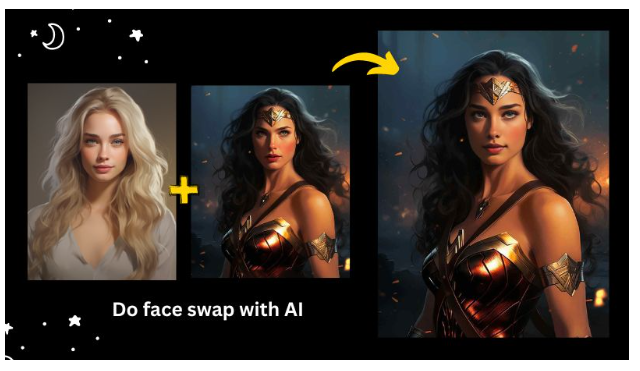How Face Swapping Algorithms Work? A Technical Deep Dive
In this modern world where selfies and pictures rule over our social media, a highly emerging and incredible technological advancement has changed how we glare, perceive, and engage with our pictures. Face swapping is an AI-powered wonder that has altered our online world and digital photography.
With the development of face swapping algorithms, we can now possibly create a smooth facial transformation, making it impossible for us to define what was or what is real.
The article focuses on and lights up the advanced mechanism behind these AI-powered face swapping tools that allow us to swap the changes in reality, taking us into a technical deep dive and the complex work behind these face swapping algorithms.
Insights On the Basics: Segregation of Images & Facial Features
The foundation of face swapping lies in the ability to accurately and precisely swap the facial characteristics from an image. The segregation of the images is a method that is used to separate and divide an image into useful and eloquent chunks. The main objective is to detach the face from the remaining part of the image.
Most advanced face swapping algorithms utilize a deep neural network called Convolutional Neural Network to segregate the images. They are particularly reluctant to spot patterns and appearances in images, they examine and then process, assigning distinct areas of facial features in the image such as nose, mouth, and eyes.
As the algorithm passes the facial segregation process, it proceeds toward the extraction of other key information, landmarks, and details such as face contours, positioning distinctive spots that lead to defining the overall figure and structure of the features. These algorithms might also use a blend of machine-learning models and facial recognition methods to develop the best extractions of features.
The Art of Making Facial Signature
The next-in-line process is the encoding of the target faces.
1. Encoding
Facial encoding involves expressing the facial features in a manipulable numerical representation. The most common method used for encoding is facial implanting which represents the characteristics of the face compactly.
The algorithms capture useful and pertinent data from the target face to develop a digital signature compromising the arrangement of facial features during the encoding process. The signature developed is the base for these algorithms, to which the targeted face will be transferred too, acting as a canvas.
2. Decoding
The reverse process of encoding is Decoding, where the algorithms convert back encoded signatures into the reality of real representations. This step is of grave importance because it assures that these face swapping algorithms appear to be genuine and original with source-targeted faces.
Merging Of Reality
The transformation of the source face into the target face is achieved by wrapping and blending to make sure the features are aligned together.
1. Wrapping
The geometric change and match of the source face to the target’s face is referred to as wrapping. This smooth integration is usually achieved by techniques such as thin-plate spline transformation which precisely alters the facial features. This technique perfectly integrates and wraps the source face by the landmarks recognized in the target face.
2. Blending
This is the final step that gives the algorithm a genuine perfect appearance and is blending; it involves the synchronization of the source and target faces, color, lighting, and texture. This method often employs Poisson Imaging editing, making this integration and synchronization as easy as possible.
It is highly important to take into consideration that getting a realistic face swap requires a great deal of attention towards posture changes, lighting, and facial expressions. Modern and innovative face swap Ai uses added layers of three-dimensional face modeling to alleviate the realistic approach to handling delicate and intricate facial dynamics.
Ethical Concerns
The face swapping algorithms provide us with an amazing feature to revolutionize our modern era, but they also raise concerns and certain ethical questions about the possible abuse of the technology. The Deepfake technology has sparked debates to generate reliable authentication and countermeasures for using this technology and its misleading effects.
Addressing the ethical concerns related to this technology involves the combined help of researchers, policymakers, and technology developers. It’s very important to maintain a balance between innovation and its usage so that its true powers can be utilized positively in a variety of industries.
Verdict
To sum up, the complex face swapping algorithms highlight a tremendous achievement in machine learning and artificial intelligence. These algorithms are a great combination of many processes and approaches including image separation, facial segregation, making of digital signatures, encoding, decoding, and the fine magical art of morphing and blending. It is very important to us to use such algorithms and modern technologies for positive outcomes with ethical approaches and accountability. These advancements are of grave importance as we step into the modern trade world with rapid changes in every field of work.


